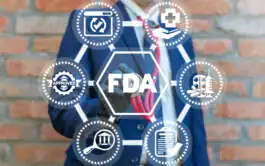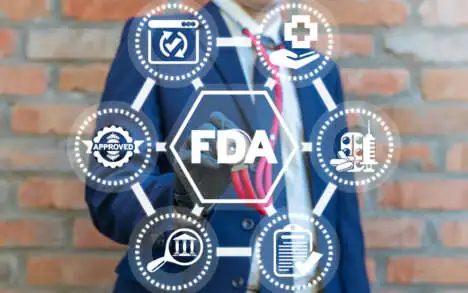A colossal paper sheet in a medicine pack does not attract compliments or eager readers. The text is often hardly visible to the naked eye and finding the information you need is difficult. Luckily, all this may soon be history.
In future, the package leaflet may be an electronic smart document which reminds you to take your pill or to renew a prescription. It may also explain any difficult phrases, warn about adverse effects which are especially dangerous to you, or send a notification if the information on your medicine is updated.
In addition to these functionalities, in future you can perhaps
– report adverse effects via a package leaflet
– watch educational videos or pictures related to the use of your medicine
– check if your medicine is available at a nearby pharmacy.
This groundbreaking electronic package leaflet may become commonplace in Europe already within the next ten years.
All you need is a bar code
The familiar paper-format package leaflet will not vanish – the new electronic leaflet will only offer an alternative with functionalities that can be tailored to serve each patient’s individual needs. All the novelties mentioned at the beginning of this blog are not likely to be introduced at the same time but little by little and at a different pace in each EU country.
In practice, the electronic package leaflet would be most handy as a mobile application: scanning a bar code on the medicine pack with a mobile phone would give access to the electronic package leaflet with all its services.
Electronic accessibility is not limited to package leaflets meant for patients; even summaries of product characteristics meant for healthcare professionals will probably live a fully digital life in future.
Safety, speed and savings
Digitalisation of product information texts will improve drug safety, as texts in digital format can be updated promptly and reliably throughout Europe with just one tap of a finger. Thanks to this, for example, important new warnings related to the use of a medicine reach the right target group immediately and, if needed, medication can be swiftly switched to a safer alternative.
Besides savings in time, digitalisation is expected to reduce costs to society and pharmaceutical companies due to a speedier, simpler and easier evaluation of applications related to medicines.
Digitalisation will also improve medication safety. Physicians can screen for medicines suitable for each patient in seconds: a lactose-free tablet preparation for Susan, a pregnancy-friendly medicine for Sarah who is planning to have a baby, and a new non-drowsy antihistamine for Michael with pollen allergy.
Electronic product information – where are we at
There are numerous electronic product information pilot projects of different sizes under way around the world. For instance, there are pilot projects in Germany, Norway, Belgium and Luxembourg, which have already proceeded far. The EMA and the HMA have published a “mindset” for electronic product information, with one of the main goals being to improve public health through electronic product information.
In Finland, product information texts are already available on the web but without the exciting future functionalities. Sweden already offers product information texts in a mobile application which also allows you to check if your medicine is available at a nearby pharmacy. British patients can report adverse effects while reading the package leaflet via a mobile application. Digitalisation of product information texts has also proceeded rapidly in Spain.
Electronic product information will become reality. The next question is: when, by whom and how?
If you are currently compiling product information documentation for a medicinal product, PharmaLex regulatory experts will be there for you at all stages of the process.








